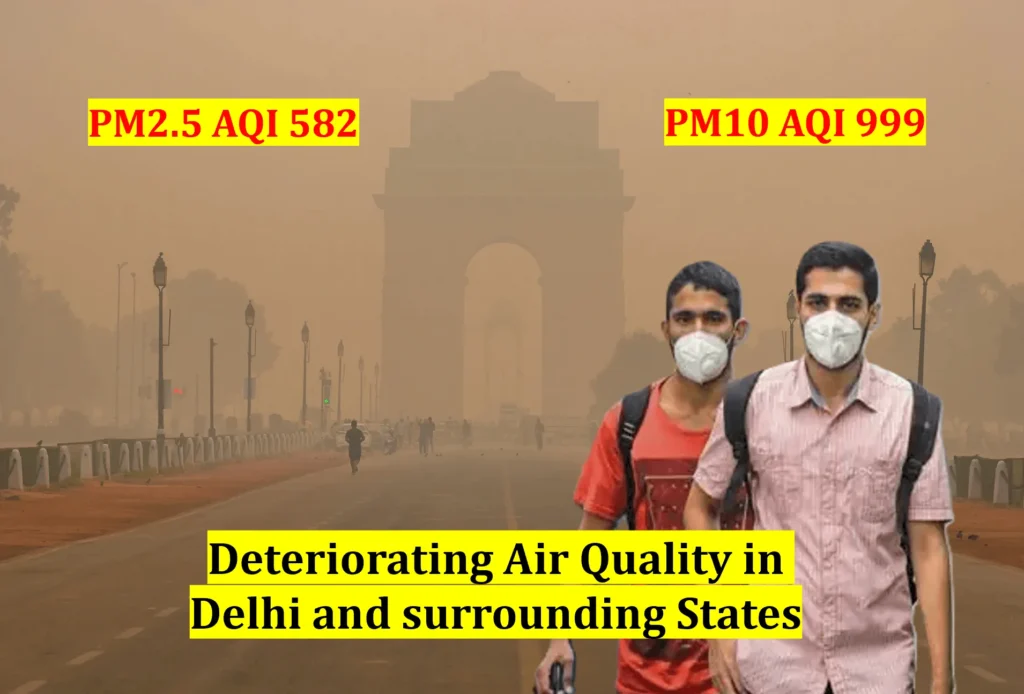
Air pollution, though invisible to the naked eye, is a deadly nemesis of health and wellbeing. It is like the sneaky ninja, you don’t know it’s there until it lands that lethal strike. And boy, has it been striking! Cities worldwide grappling with this silent crisis and Delhi, along with its neighboring states, unfortunately sits right at the heart of this invisible storm.
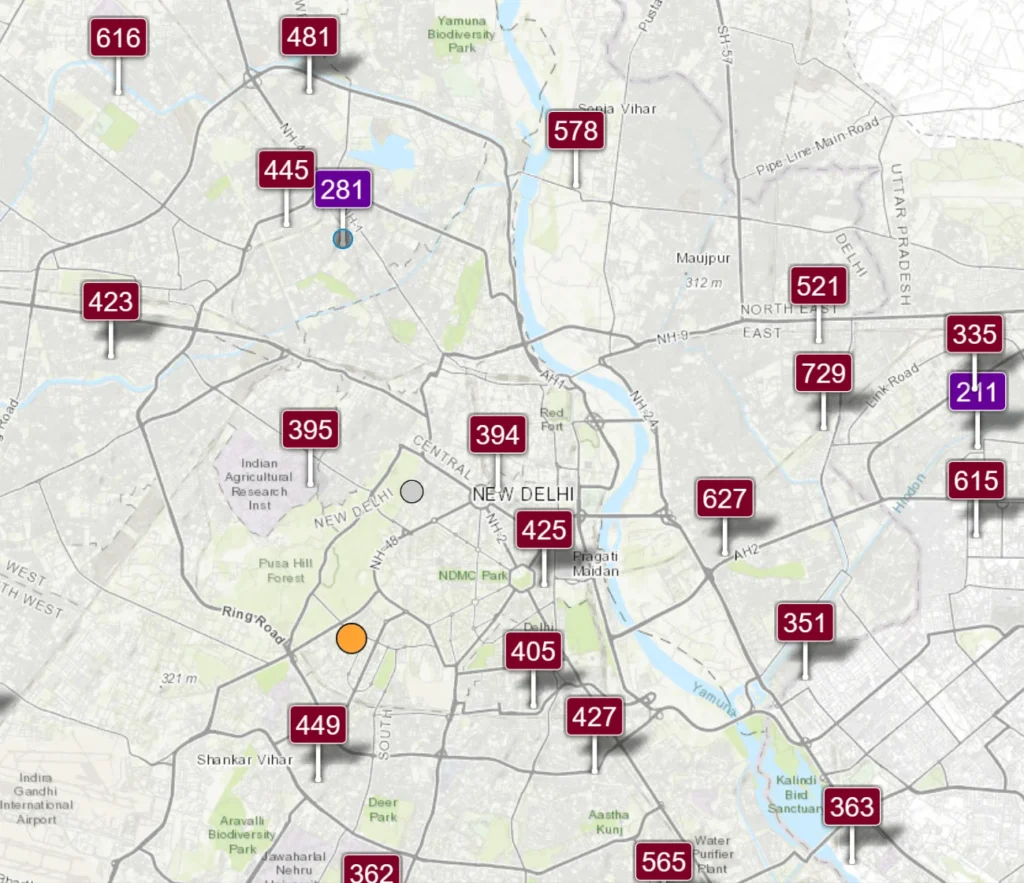
Air quality in Delhi has once again plunged to severe levels (at present PM2.5 AQI 582 and PM10 AQI 999), casting a thick, toxic smog over the city and marking the commencement of what has tragically become an annual pollution crisis. In the next sections of this blog post, let’s hold our breaths — pun intended — as we dive into a detailed account of the air pollution saga in Delhi, its causes, its devastating impact, and what we can do to keep this sneaky ninja at bay.
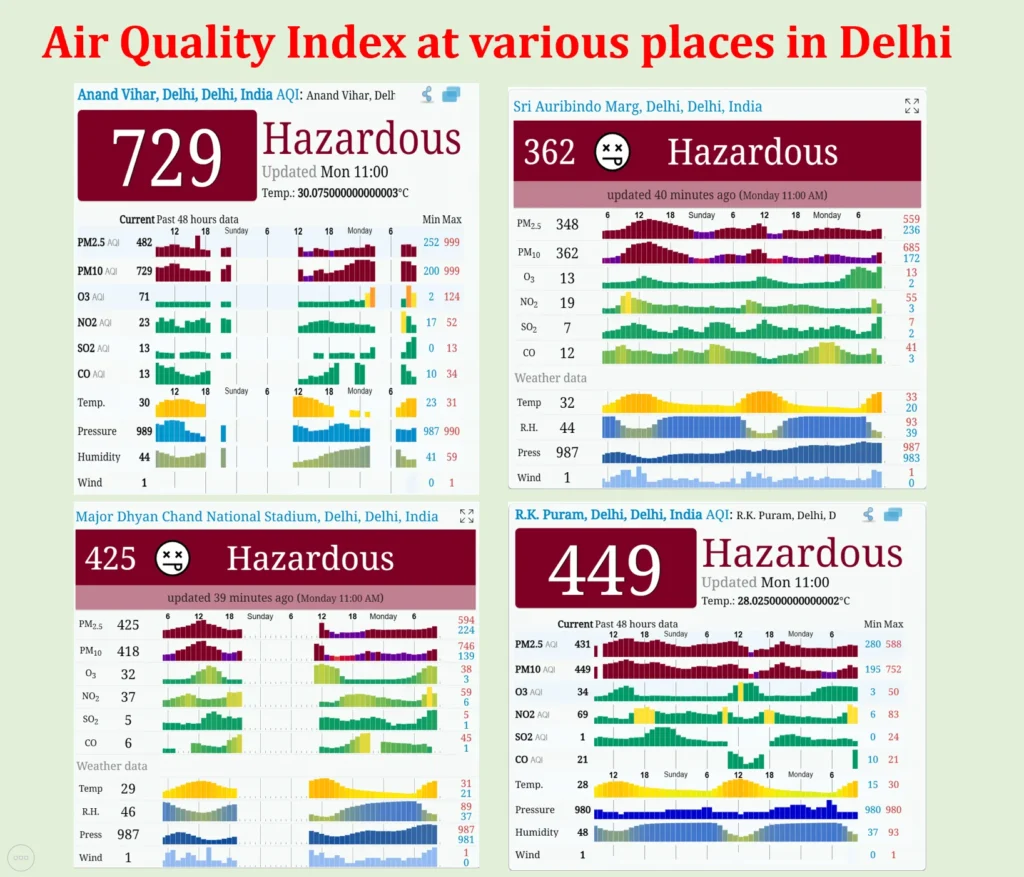
Historical Trend of Air Pollution in Delhi & Surrounding States
Gather around folks, because we are going to weave some numbers and graphs into this tale. Over the last decade, recordings indicate that the air quality in Delhi and its neighboring states has been playing a dangerous game of ‘how low can you go’. Data from various sources, including environmental agencies, have been serving as grisly scorecards, showcasing the rising particulate matter (PM2.5 and PM10) levels year after year.
The climax of this dreaded story often comes in winters when the air quality plunges to “severe” categories. Just imagine a city wrapped in a thick blanket of smoke, smog patches lingering around like silent specters. Do you not think it’s a fictitious world? It is the reality of the circumstances we find ourselves in, nevertheless.
Major Factors Associated with Air Quality in Delhi
Industrial Emissions
Industrial emissions strut around like big-time villains in this entire scenario. Manufacturing sectors, like hosiery, dyeing, steel, and electronics, have been belching out pollutants with reckless abandon. Laws do exist to regulate these pollutants, but sometimes, they are as effective as using an umbrella in a hurricane.
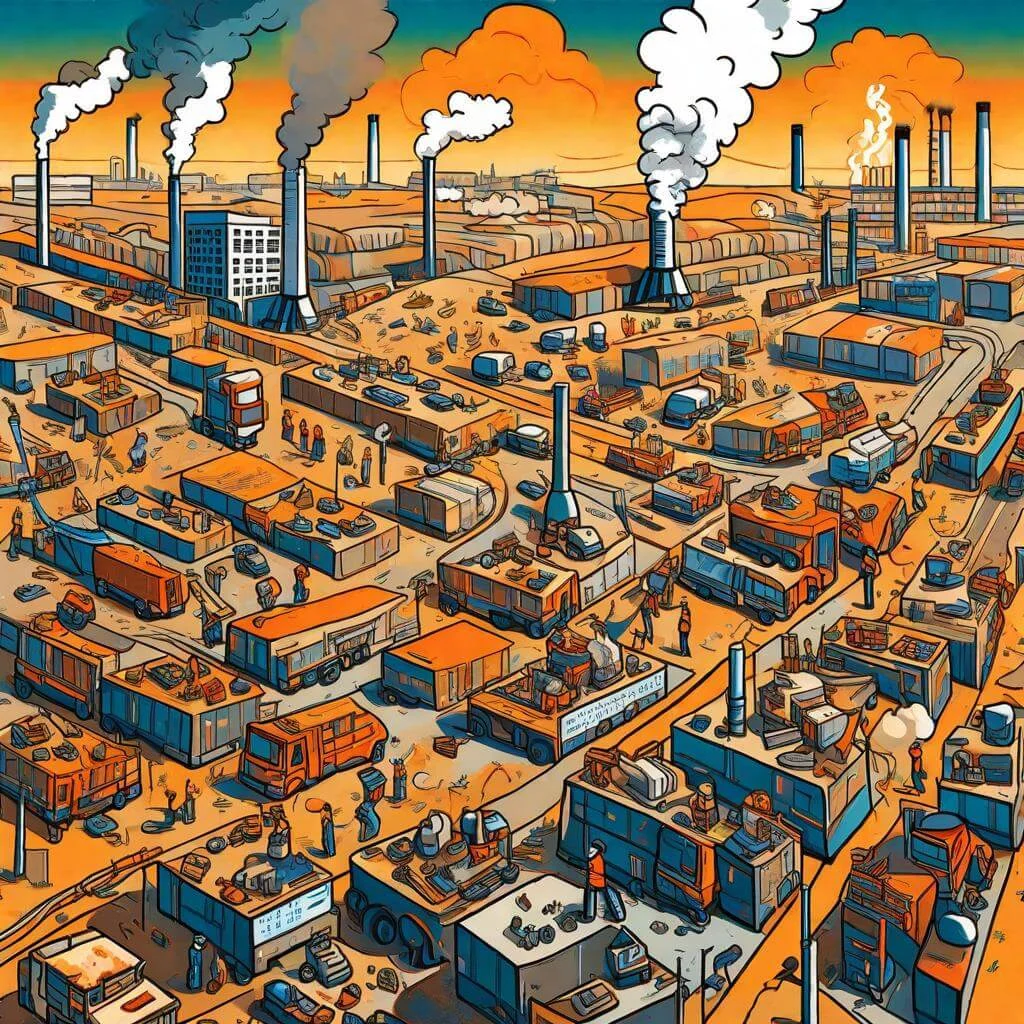
Factories that should technically have chimneys fitted with filters often flout these rules because, let’s face it, installing environmental safeguards doesn’t earn them extra bucks. But on the brighter side, there have been instances where industries have switched to cleaner fuel alternatives and technology. It’s like a ray of hope piercing through a smoky sky.
Vehicular Emissions
Vehicular emissions are like the sneaky sidekick to the main villain — not immediately noticeable but equally dangerous. Delhi’s traffic often looks like a never-ending parade of smoke-spewing monsters. Outdated vehicles, poor fuel quality, and traffic congestion together create a potent mix of pollutants that linger in the air like an unwanted guest.
The need for cleaner and efficient transportation has never been greater. Think electric vehicles, stringent emission standards, improved fuel quality, and better public transport. It’s like we need a superhero cape for every vehicle in the city!
Agricultural Activities
Agriculture, often seen as the soul of India, pulls a Jekyll-and-Hyde act during certain times of the year. Stubble burning, a practice prevalent in the states surrounding Delhi i.e., Haryana and Punjab, transmutes the usually refreshing, bucolic countryside into a source of copious amounts of smoke.

It all happens when the nights get nippy and our calendar says winter is coming. Agricultural reforms, like in-situ management techniques, may act as the silver bullet that takes down this recurring monster of stubble burning.
Construction Activities
In relation to the story of Jekyll and Hyde, let’s not ignore the ongoing construction in Delhi. On the one hand, urban expansion is a sign of prosperity and development. However, it also makes the city resemble a massive dust bowl. Regulations, you ask? Well, they are there, but often seem as flimsy as a sandcastle facing a tidal wave. Effective management strategies like green barriers, water sprinkling, and waste management become crucial in this context.
Household Activities
Surprised? Yes, how we live and operate at home also influences the air quality. The humble domestic hearth, especially ones using non-renewable energy sources, can transmogrify a safe space into a den of pollution. While alternative power sources, like solar and wind energy, have made inroads into many households, the percentage still remains relatively low. The urgency to switch to cleaner energy alternatives at home is high, folks!
The Impact of Geography & Climate on Delhi’s Air Pollution
Ever wondered why Delhi becomes a pressure cooker of pollution especially during winters? Its geography has a part to play. Surrounded by the lofty Himalayas in the north, pollutants hang around Delhi like an uninvited party guest.
Additionally, climatic factors like low temperature, wind speed, and humidity play a role akin to a villain’s sidekick, further intensifying the pollution levels. Major climatic events, like winter inversions, keep the city under a suffocating dome of pollutants. It’s the age-old situation of finding yourself in a difficult situation.
Air Pollution’s Consequences
Health Implications
Air pollution, like a ticked-off bull in a China shop, wreaks havoc on human health. It has held lung health to ransom, with respiratory issues like asthma, allergies, and lung diseases becoming increasingly common. But, it doesn’t stop there; it goes after the heart too, leading to cardiovascular problems.

Children and the elderly, with their susceptible immune systems, often bear the brunt of these health impacts. If we talk numbers, the economic burden of healthcare due to air pollution is jaw-dropping, and puts a serious drain on the world economy.
Environmental Consequences
Air pollution doesn’t discriminate, and the environment isn’t spared by this silent menace. There’s a wide-scale impact on local flora and fauna, with reports of declining bird populations and stunted plant growth.
Sadly, even our historical monuments aren’t spared. Ever notice how monuments like the Taj Mahal or Qutub Minar aren’t as sparkly as they used to be? Guess who’s at fault, then? Furthermore, air pollution contributes significantly to climate change by raising the temperature of our already scorching globe.
Tackling the Air Pollution
The Policy Response and Mitigation Strategies
Recognizing the iron fist of air pollution, several policies and regulations have been framed. Stricter emission standards, phasing out of old vehicles, introduction of cleaner fuel alternatives is all part of the action plan. But how effective have these initiatives been? Stated differently, it’s a mixed bag. Cities that have been effective in reducing air pollution include Stockholm and Tokyo. Therefore, there’s undoubtedly room for us to learn from them.
Government Initiatives and Policies
From vehicular emission regulations to Odd-Even schemes, the government has thrown several darts at the dartboard that is air pollution. Some have hit the right spot, while others have missed by miles. The success of these initiatives has been inconsistent, oftentimes due to weak implementation and lack of stringent enforcement. It’s like having a cricket bat but forgetting how to swing it!
Public Awareness and Citizen Actions
To trounce the behemoth called air pollution, the common man’s role is as essential as Batman’s in Gotham. Social awareness could prove to be our Bat-Signal in this fight. Individual and community-level actions like tree planting, car-pooling, avoiding waste burning, and maintaining our vehicles can make a whale of a difference
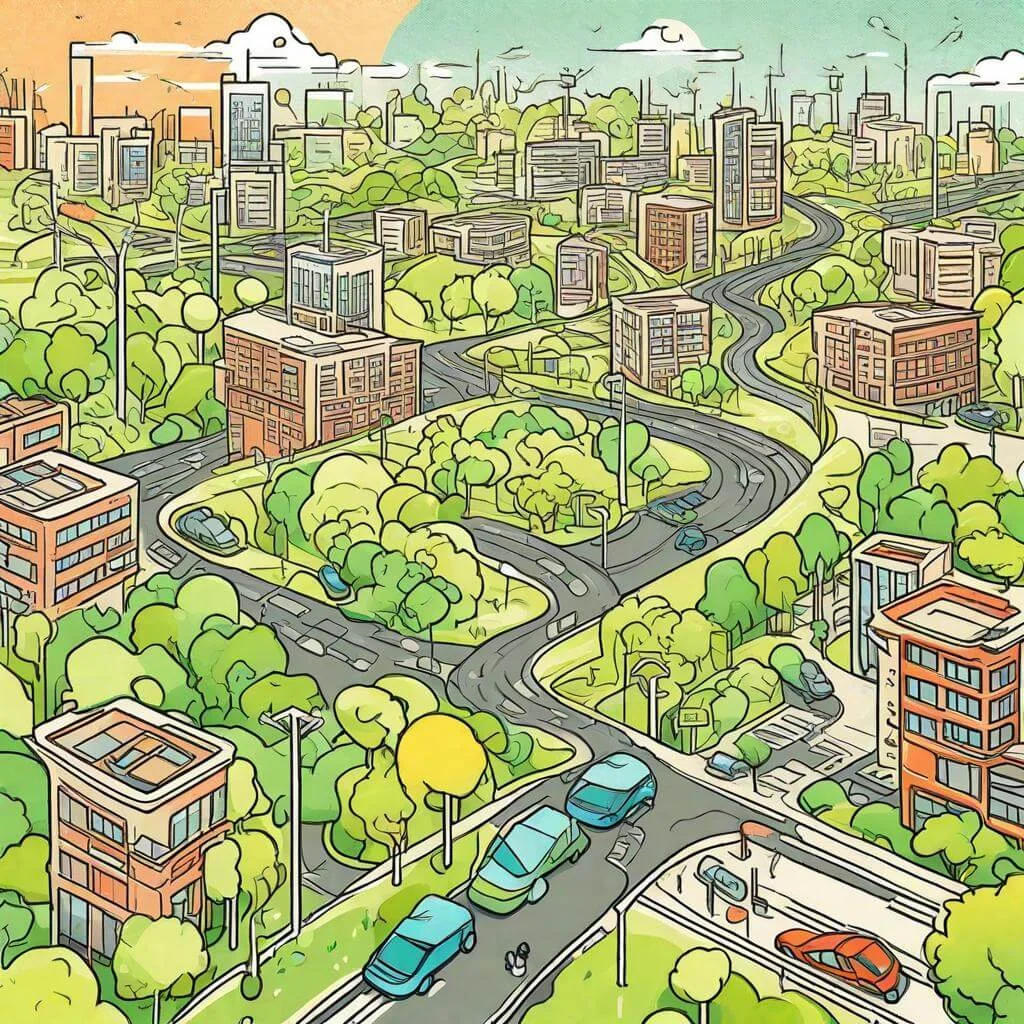
Technological Solutions
Technology, as we all know, carries a magic wand that can transform the grimmest of situations. Innovations in air purifiers, face masks, electric vehicles, and satellite technology for monitoring air quality have shown great potential in mitigating the impacts of air pollution.
International Cooperation
They say, in unity there’s strength. Dealing with air pollution calls for a united stand at an international level. Collaborative efforts with neighboring countries like China and Bangladesh, learning from best practices across the globe, and actively participating in international treaties and agreements can help turn the tables on air pollution.
The Way Forward
Our road to cleaner air demands stronger policies, stricter enforcement, more public participation, and a steady embrace of sustainable development. We need everyone, from lawmakers to the man on the street, to join this fight and make that dream of breathing easy a reality.
Conclusion
Our journey throughout this article is a testament to the gruesome problem air pollution is and the consequent urgency to tackle it head-on. We are living on borrowed air from our future generations. And if we don’t act now and act fast, we might soon run out of this ‘borrowed’ lease.
Author’s Call to Action
Hey lovely reader, your role could be just the missing link in this fight against air pollution! Share this article with your friends, start discussions, and make small changes in your own life. Want to reach out, discuss more, or need additional resources? You can always write to me at email or drop a comment below, happy to engage!
Frequently Asked Questions (FAQ)
Which states surround Delhi, and what are the main causes of air pollution there?
Major sources include industrial emissions, vehicular emissions, agricultural and construction activities, and household practices.
How does geography and climate affect Delhi’s air pollution?
The landlocked geographical location of Delhi causes pollutants to linger, and climatic factors like wind speed, temperature, and humidity further intensify the problem.
What measures are presently in place to combat air pollution in Delhi?
There are several regulations and policies, including vehicular emission standards, restrictions on industrial pollutants, and regulations around construction activities.
How successful are Delhi’s air pollution regulations in comparison to those of other global megacities?
Even while Delhi’s initiatives have shown some encouraging results, much work remains, particularly in comparison to cities such as Tokyo, Stockholm, and Singapore.
What adjustments can people do to help with the solution?
Planting saplings, car-pooling, refraining from waste burning, and engaging in clean energy practices at home are just some ways individuals can contribute.
